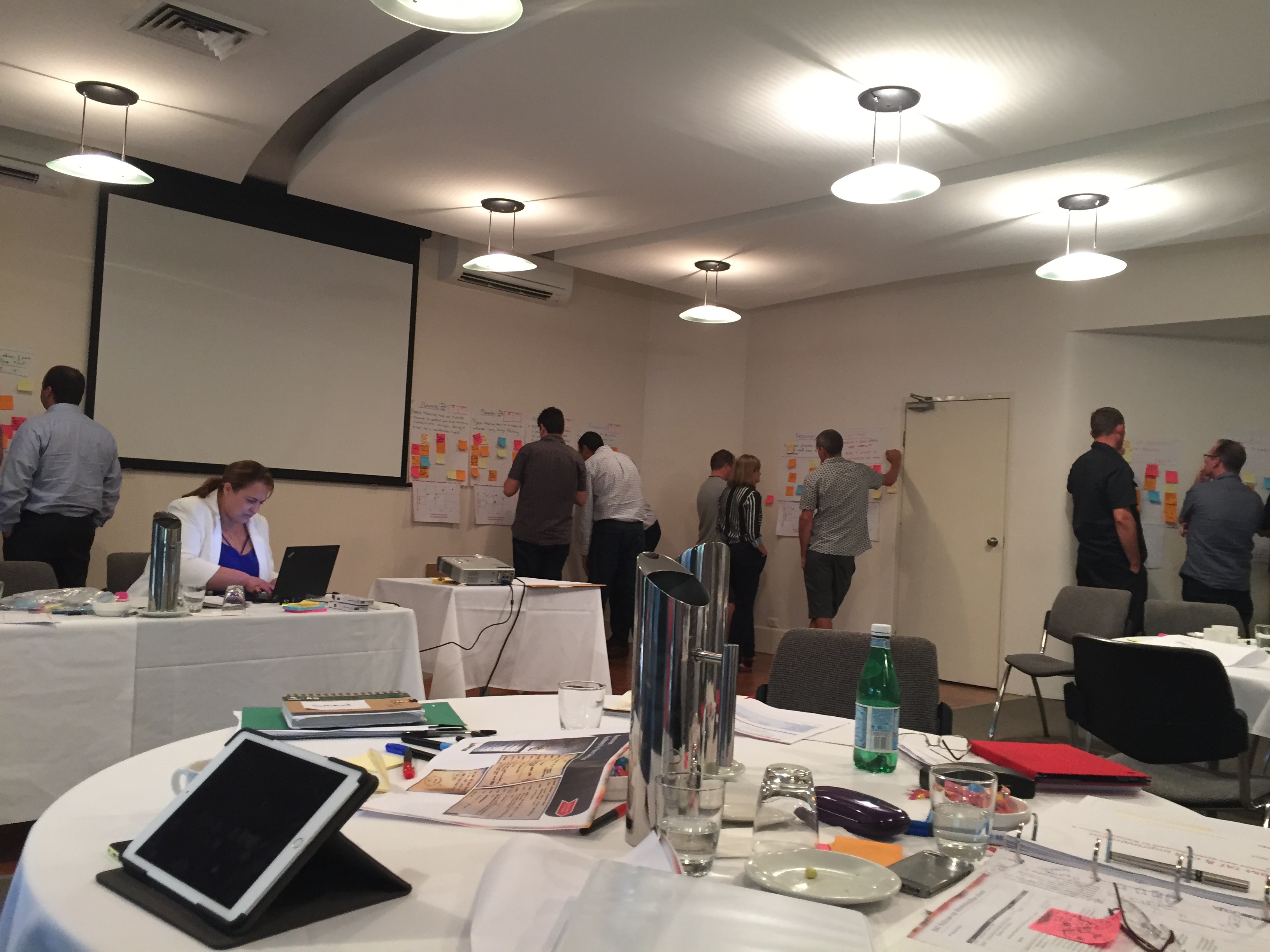 In a hyper-connected world, talking collaboration seems… well, repetitious. If we are so connected why do we need collaboration? Yet collaboration is seen as the new strategic and practical way to gain competitive advantage; a new way to work.
In a hyper-connected world, talking collaboration seems… well, repetitious. If we are so connected why do we need collaboration? Yet collaboration is seen as the new strategic and practical way to gain competitive advantage; a new way to work.
When one explores helpful ways to improve collaboration, trust is the first thing that comes up. Trust building activities for teams abound and one to one coaching is often about helping a leader to be more self-aware, show their vulnerability or be more personal (in order for others to trust him/her). So, “in trust we collaborate”.
Let’s turn it around; “in collaboration we trust”.
In an age of mass communication, the meaning of ‘trust’ is evolving. Now when I ask people what “trust” means to them, what emerges is less about individual needs such as safety, self-awareness and security and more about relational and cultural needs such as familiarity, approachability, openness and responsiveness, all of which emerge from collaboration.
Collaboration is about spreading information, exploring new ideas and sharing them with any others we come across (i.e. people we may not know (or trust). Recent research suggests that much of human behaviour is socially learned and peer influenced in these collaborative enterprises that make up our world. Alex Pentland in his recent book talks about an organisations being a group of people sailing in a stream of ideas. ( p44 Social Physics: How Good Ideas Spread – The Lessons From A New Science Penguin Press, 2014)
The more we are in the stream, exploring and sharing ideas, the more we expand our horizons (and the the more likely we are to trust). Through a form of social network analysis he can calculate that the more people in a team interact face-to-face, the more productive the team is. Furthermore, the more interaction there is, the higher levels of happiness and satisfaction. Collaborating with team members leads to higher levels of trust and increased ability to transmit complex information (ibid). In other words, with collaboration, we trust.
Trust is a reciprocal experience. This is why someone’s trusted friend can be another’s untrustworthy colleague.
Collaboration can be a strating point for the growth of trust. Practically this means mapping and improving the flow of ideas and communication across an organisation to build trust in terms of approachability and responsiveness. And as we all suspect, this cannot be done online. As Pentland so vividly shows, electronic forms of communication don’t produce social learning. Those teams with high trust and high productivity are also those in which there are significantly less emails. IN other words, face-to-face engagement is essential.
The work of building trust means, therefore, collaborating in informal meeting spaces in which facilitated conversations can occur aimed at building new peer to peer relationships and reciprocity across teams. Through collaboration, trust is built.
